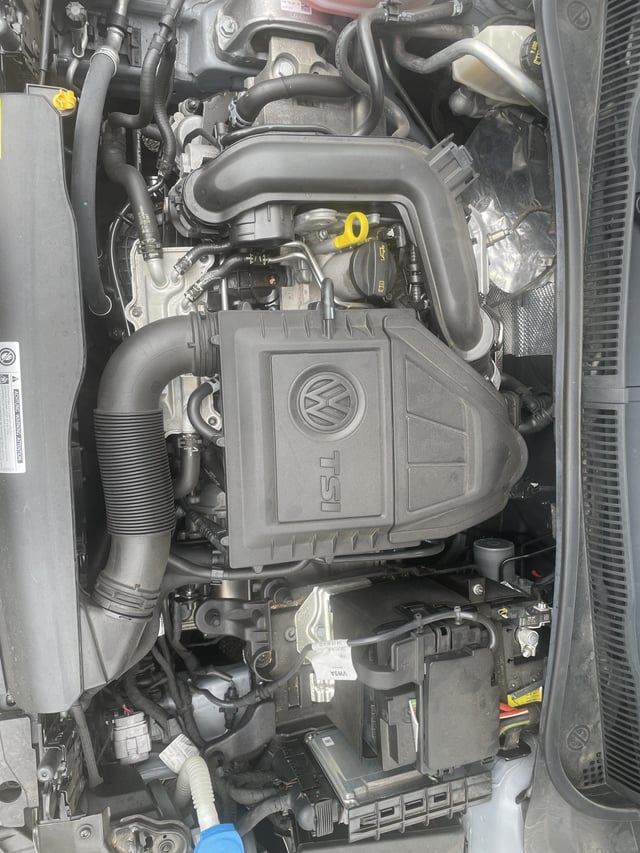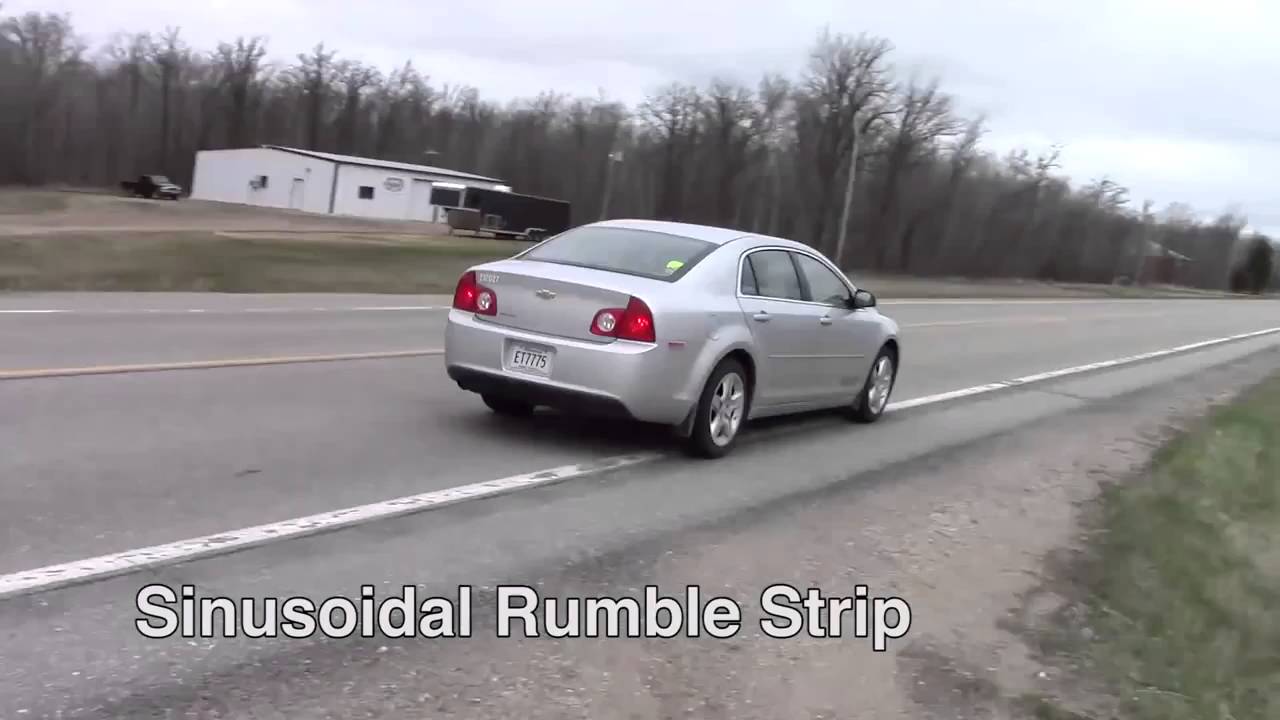Have you ever experienced your car rumbling while driving, almost like it's having a conversation with the road? It can be unsettling, making you wonder if something’s wrong. Car rumbling is a common issue, and understanding it can save you from potential headaches—and hefty repair bills. In this post, we’ll explore what causes that rumbling sound and what you can do about it. Buckle up for a smooth ride through car mechanics!
Common Causes of Car Rumbling

Now that we've set the stage, let's dive into the nitty-gritty of why your car might be rumbling. Here are some of the most common culprits:
- Worn-Out Tires: If your tires have uneven wear or are poorly aligned, they can create a rumbling noise. Regularly check your tire pressure and tread depth to avoid this issue.
- Engine Problems: A misfiring engine can cause vibrations and rumbling sounds. This could be due to faulty spark plugs or ignition coils. Keeping your engine well-maintained is key!
- Loose Exhaust System: A loose or damaged exhaust system can create a loud rumble, especially when accelerating. Inspecting your exhaust for leaks or loose connections can often resolve this issue.
- Suspension Issues: Problems with your vehicle's suspension can lead to a rough ride and rumbling noise. Worn-out shock absorbers or struts can cause excessive bouncing, creating that unwanted rumble.
- Drivetrain Problems: If there’s an issue with the driveshaft or differentials, you might notice a rumbling sound, especially during acceleration. Make sure to have these components checked regularly.
Each of these issues can escalate if not addressed promptly, so it’s important to listen to your car. Regular maintenance and timely inspections can help catch these problems before they lead to more significant damage.
Stay tuned for our next section, where we’ll discuss some practical tips on how to handle and resolve these rumbling issues, ensuring you and your car can enjoy a peaceful drive once again!
Also Read This: Is the Rottie Rumble Real? Exploring the Myth Behind the Term
3. How to Diagnose the Issue

So, you've noticed your car rumbling while driving, and you're probably wondering what's going on under the hood. Diagnosing the issue can feel a bit daunting, but there are some straightforward steps you can take to identify the problem.
1. Listen Carefully: Start by paying close attention to the sounds your car is making. Is the rumble more pronounced at certain speeds or when you accelerate? Does it change when you turn? These details can help pinpoint the source of the problem.
2. Check Your Tires: Uneven tire wear can lead to vibrations and rumbling. Inspect your tires for any visible damage, such as bulges or flat spots. Use a tire pressure gauge to ensure they are inflated to the correct levels. If you notice any discrepancies, it might be time for a rotation or alignment.
3. Inspect the Exhaust System: A loose or damaged exhaust system can create a rumbling sound. Look for any rust, holes, or loose connections along the exhaust pipes and muffler. If you spot anything unusual, it could be the culprit behind the noise.
4. Look at the Suspension: Worn-out suspension components, such as shock absorbers or struts, can cause your car to rumble. If you notice your car bouncing excessively or feeling unstable, it might be worth checking these parts. A quick visual inspection should reveal any obvious signs of wear.
5. Test Drive: Sometimes, the best way to diagnose an issue is to take a test drive. Pay attention to how your car behaves on different types of roads. Does the rumble intensify on rough surfaces? Is it quieter on smooth roads? This can offer clues about what's going wrong.
By following these steps, you'll get a better understanding of the possible causes behind your car's rumbling. However, remember that some issues can be more complex and may require professional expertise.
Also Read This: Is Rumble.com Legitimate? A Guide to the Video Platform’s Credibility
4. When to Seek Professional Help

It’s great that you’re taking the initiative to diagnose the issue, but there are times when the best course of action is to seek professional help. Here are some clear signs that indicate it's time to head to the mechanic:
- Persistent Rumbling: If the rumbling doesn't go away after you've checked the tires and exhaust system, it's a signal that something more serious could be at play.
- Increased Severity: If the sound becomes louder or more frequent, it’s essential to get your car inspected. Ignoring worsening symptoms could lead to further damage.
- Vibrations or Handling Issues: If you start to feel vibrations in the steering wheel or notice that your car pulls to one side, it could indicate problems with the suspension or alignment.
- Warning Lights: If your dashboard warning lights turn on, don't ignore them! This is a clear signal that your vehicle needs immediate attention.
- Unfamiliar Sounds: If you're hearing new or unusual noises that you can't identify, it’s better to be safe than sorry. A professional can perform a thorough diagnosis.
Remember, your car is a complex machine, and some problems are not meant to be solved with DIY methods. Seeking professional help ensures that any underlying issues are addressed properly, keeping you safe on the road. So, don’t hesitate! If you're ever in doubt, a quick visit to a mechanic can save you time and money in the long run.
Also Read This: Who Won the Royal Rumble 2014? Revisiting an Epic WWE Event
5. Preventative Measures for a Smooth Ride
Taking care of your car is like nurturing a good relationship—it requires attention and a little bit of effort! By implementing some preventative measures, you can significantly reduce the chances of your car rumbling while driving. Here are some tips to keep your vehicle running smoothly:
- Regular Maintenance: Schedule regular check-ups with a trusted mechanic. A good rule of thumb is to have your car inspected at least twice a year. This includes checking the engine, brakes, suspension, and tires.
- Check Your Tires: Ensure your tires are properly inflated and have sufficient tread. Uneven wear can lead to vibrations and noise. Rotate your tires every 5,000 to 7,500 miles to promote even wear.
- Stay on Top of Fluid Levels: Regularly check and top off engine oil, coolant, brake fluid, and transmission fluid. Low fluid levels can lead to poor performance and unwanted noise.
- Listen to Your Car: Pay attention to any unusual sounds or vibrations. If you notice something off, don’t ignore it. Early detection can save you from bigger issues down the road.
- Keep It Clean: A clean car is not just about looks. Dirt and debris can cause parts to wear out faster. Regularly wash your car and consider waxing it to protect the paint and body.
Taking these preventative steps not only helps avoid that dreaded rumble but also extends the life of your car. After all, a smoother ride means a more enjoyable driving experience!
6. Conclusion: Keeping Your Car in Top Shape
In conclusion, understanding why your car rumbles while driving is essential for ensuring both safety and comfort. Whether it’s a minor issue like worn tires or something more serious like a failing exhaust system, addressing these problems promptly can make all the difference.
Remember, a well-maintained car not only runs better but also retains its value over time. Here are a couple of final takeaways:
- Stay Proactive: Don’t wait for problems to arise. Regular maintenance is your best friend. Even if your car seems fine, having it looked at regularly can catch issues before they escalate.
- Invest in Quality Parts: If you find yourself needing repairs, opt for quality replacement parts. Cheaper options may save you money in the short term but can lead to further issues and costs in the long run.
Ultimately, keeping your car in top shape requires a combination of awareness, regular maintenance, and a willingness to address issues as they arise. By doing so, you’ll not only ensure a smoother ride but also enjoy the journey ahead. Drive safe, and may your travels be rumble-free!
 admin
admin








